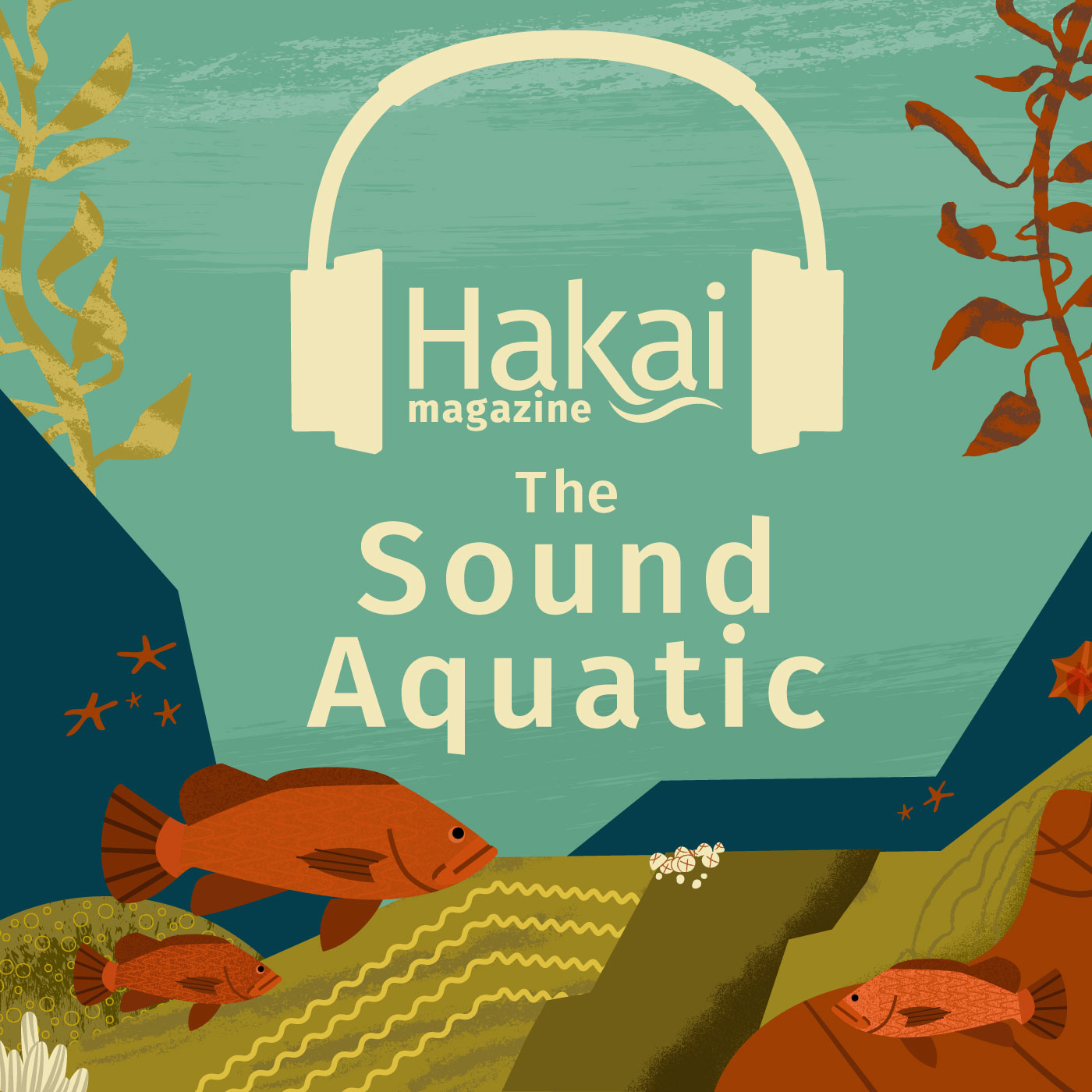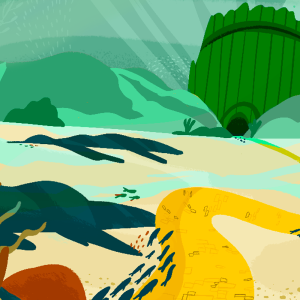
29.6K
Downloads
6
Episodes
At the edge of the ocean, all of our senses are engaged—the breeze on our skin, the scent of rotting seaweed, the sparkle of light on the waves. But dive in and things change. In shallow, coastal waters, water is often murky, even opaque. And the deeper you dive, the darker it becomes. It’s probably no surprise then, that for ocean animals, hearing is paramount. And it’s not just so for singing humpback whales. Lobsters, octopuses, fish, and more all use sound to communicate and navigate, to find each other, or to swim the other way. Hakai Magazine invites you to join us and listen in under the waves. Discover some of the extraordinary soundscapes scientists are recording, the surprising ways that animals talk and listen, and how the unexpected patches of quiet triggered by the COVID-19 pandemic is driving a new commitment to hushing anthropogenic ocean noise.
Episodes

Monday May 31, 2021
Episode 2: How Not to Get Lost in the Ocean
Monday May 31, 2021
Monday May 31, 2021
Marine animals that navigate through whispers, songs, grunts, or clicks.
Sound travels far underwater. And it travels fast, too—about four and a half times faster than it does through air. So it’s no wonder animals use sound to find their way around. Imagine being able to “see” your way through pitch black depths just by listening to the waves, other creatures, or even ambient noise, such as mudslides; or being able to make clicks and use their echoes to build a picture of the space around you.
In this episode, we look at how marine animals from whales to fish (and even tiny fish larvae) use sound to navigate their world, using it for everything from finding a good place to call home to the next bite to eat.
Find show notes and a transcript at hakaimagazine.com/the-sound-aquatic.

No comments yet. Be the first to say something!